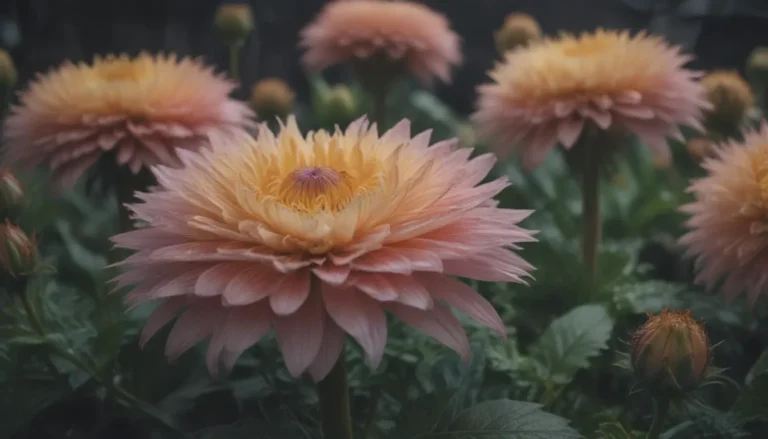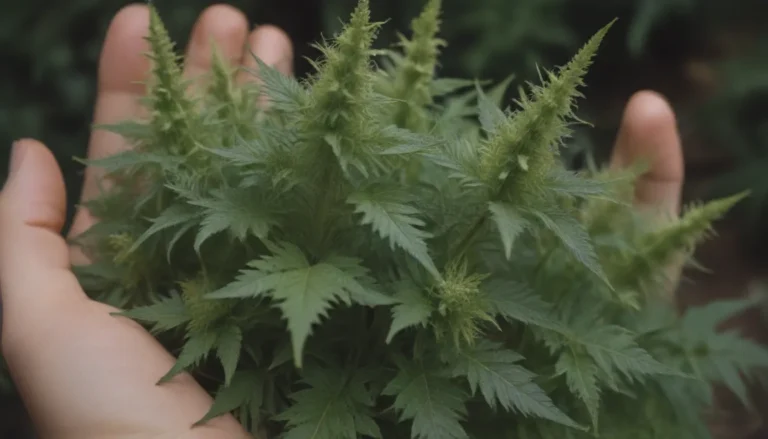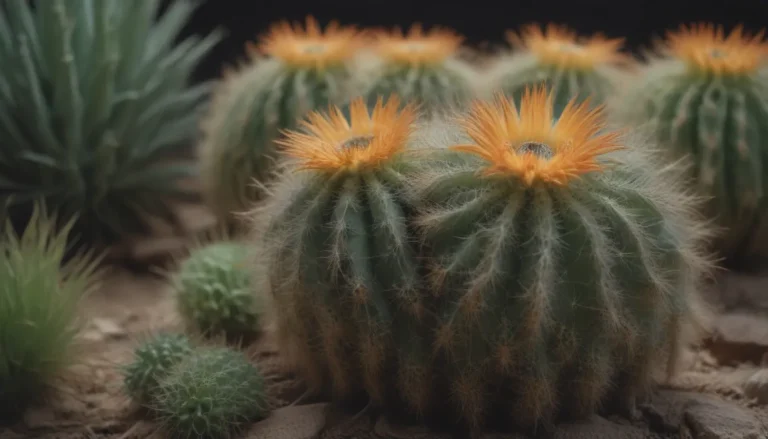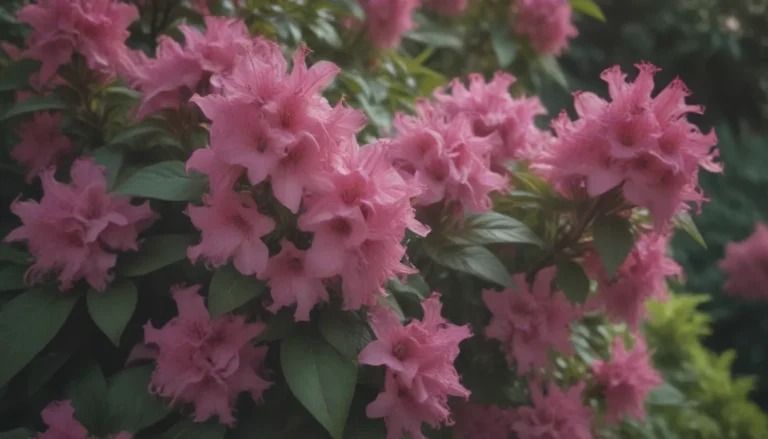Growing and Caring for Ruscus Plants: A Comprehensive Guide

If you’re looking to add some vibrant color to your garden, look no further than the beautiful and versatile Ruscus plant. With roughly seven different species in the genus, Ruscus plants are a fantastic addition to any landscape. In this detailed guide, we will explore everything you need to know about growing and caring for Ruscus plants. From light and soil requirements to propagation methods and more, we’ve got you covered!
Getting to Know Ruscus
Before we dive into the care tips, let’s get acquainted with the Ruscus plant. Derived from an old Latin term meaning “prickly plants,” Ruscus plants boast bright green leaves and striking red berries, making them a popular choice for winter landscapes. These low-growing shrubs can reach up to 3 feet tall and are native to various regions including northern Africa, Asia, and Europe.
Ruscus Care Tips
Ruscus plants are fairly low-maintenance and can thrive in the right conditions. Here are some essential care tips to help your Ruscus plant flourish:
- Light: Ruscus thrives in full or partial shade, making it an ideal choice for shady areas in your garden. Avoid exposing it to too much sun in hot weather to prevent color fading.
- Soil: Ruscus is tolerant of various soil types, but it prefers well-drained, slightly acidic sandy loam. Avoid wet soils as they can cause root rot over time.
- Water: While Ruscus is drought-tolerant, regular watering is necessary to keep the foliage vibrant, especially during hot and dry periods.
- Temperature and Humidity: Ruscus is cold-hardy only up to zone 6 in the US. Planting near a structure for wind protection can be beneficial. It thrives in warm temperatures and moderate humidity.
Types of Ruscus Plants
Ruscus comprises a diverse genus of plants, with seven different species including Ruscus asculeatus, Ruscus colchicus, Ruscus hypoglossum, and more. Additionally, there are several cultivars available for home gardens, each requiring both male and female plants for pollination.
Pruning and Propagation
- Pruning: Being a slow-grower, Ruscus plants don’t require much pruning. Simply trim damaged branches or leaves as needed, and cut dead shoots to ground level in spring.
- Propagating: Ruscus can be propagated through division or stem cutting. Pruning can help thin out overgrown areas and promote healthy growth.
Growing Ruscus From Seed
If you’re up for a challenge, growing Ruscus from seed can be a rewarding experience. Harvest seeds from female plants, provide cold stratification, and plant them in late winter or early spring. Germination can be slow, taking up to 12 months, so patience is key!
Encouraging Bloom
Ruscus plants bear flowers in late winter, with the main visual interest coming from their red berries. Some varieties require pollination for berry production, while others do not. With proper care, Ruscus plants can live up to 25 years, making them a long-lasting addition to your garden.
In conclusion, Ruscus plants are a fantastic choice for adding color and interest to your garden. With proper care and attention to their specific needs, you can enjoy vibrant foliage and striking berries year-round. Whether you’re a seasoned gardener or just starting out, growing and caring for Ruscus plants is a rewarding experience that will bring beauty to your outdoor space. So why not give Ruscus a try in your garden today?





